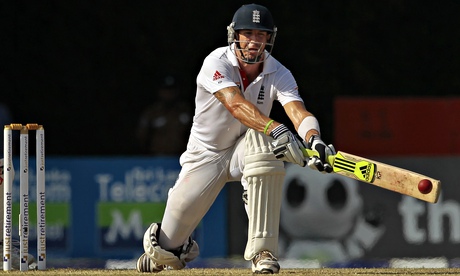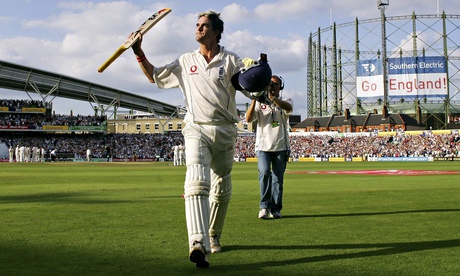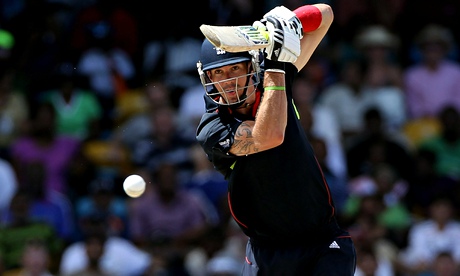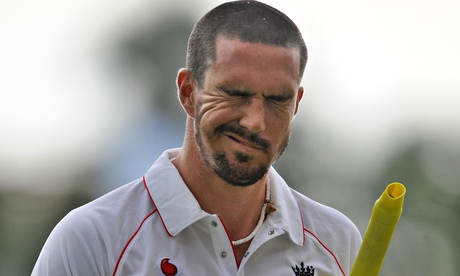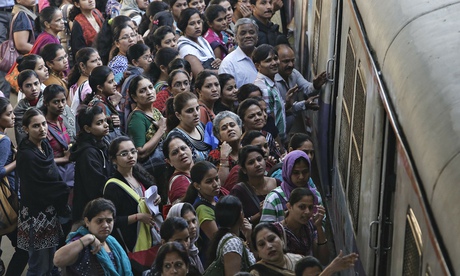VASUNDHARA SIRNATE in the hindu
The right to free speech and expression also includes the right for people to be exposed to differing points of view. Book purges have been a staple of regimes trying to establish authority by ensuring that there can be no criticism against them
In Ray Bradbury’s 1953 novel Fahrenheit 451, the main protagonist, Guy Montag, is a “fireman” whose task is to burn all books. Set in a fictional town in the American Mid-West, Fahrenheit 451 is about a society where “firemen” hunt people who hide books, raze their houses and burn all literature. Out of curiosity, one day Montag steals a copy of the Bible from the house of an old woman, who chooses to set herself aflame along with her books in an act of defiance. Shocked by the incident, Montag begins to read, eventually joining a group of drifters that memorise books for a futuristic time when society will need books again.
Responses to literature
Mr. Bradbury’s inspiration for Fahrenheit 451 came from three diverse political phenomena that preceded the novel. The first occurred on May 10, 1933 when members of the German Students Union burned a reported 25,000 books written by Jewish, French and American authors that were considered subversive, anti-National Socialism and un-German. The second phenomena was the Great Purge conducted by the Stalinist regime in the Soviet Union when many anti-communist thinkers, writers and philosophers were arrested and executed along with thousands of peasants in an attempt to consolidate the communist regime. The third was the formation of the House Un-American Activities Committee in 1938 that blacklisted the Hollywood Ten — a group of scriptwriters and directors thought to be sympathetic to communism.
I invoke Mr. Bradbury’s book precisely because the incidents that inspired him crossed the boundaries of political ideologies suggesting that many varying regime types have the capacity to censor free speech and expression. By caving in to Dinanath Batra’s call to ban Wendy Doniger’s book The Hindus: An Alternative History, it has become ‘reasonable’ for a group of individuals to hold metaphorical knives to the necks of established academics engaged in research. By effectively banning this book, Mr. Batra and Penguin India are encroaching on the Freedom of Speech and Expression because the right to free speech also includes a right for people to be exposed to differing points of view. To quote the Indian Supreme Court’s judgment in Union of India vs. Association for Democratic Reforms, “One sided information, disinformation, misinformation and non-information, all equally create an uninformed citizenry which makes democracy a farce. Freedom of speech and expression includes the right to impart and receive information which includes freedom to hold opinions.”
Book purges and burnings have been a staple of regimes trying to establish authority and legitimacy by ensuring that there can be no criticism against them. Salman Rushdie, another proscribed author, writes about becoming Joseph Anton — borrowed from Joseph Conrad and Anton Chekhov — in his memoir. He says that an Iranian man on his deathbed, Ayatollah Khomeini, who hadn’t even read his book, banned The Satanic Verses. A fatwa was issued and Rushdie lived his life under the constant threat of being murdered for writing some brilliant prose and upsetting Muslims.
A call for action
The pulping of Dr. Doniger’s book is the latest in a steady stream of books that have been similarly treated because, it is claimed, such books offend communities. I offer here a slightly different argument in defence of her book. Dr. Doniger’s book does not do Hinduism a disservice. It is a call for action against the historical priestly expurgations that have accompanied the evolution of Hindu epics and history. She re-injects the lost narratives of Dalits, women and other lower castes — narratives that were removed by design by some male Hindu priests who sanitised the books to suit their agendas. In order to dislike a book one first has to read it. Mr. Batra’s petition has encouraged mob behaviour where Hindus, who don’t even know what’s in the book, are now participating in the rising Indian Cult of the Offended.
At its foundation, religion is mostly about trusting the unknown. It is about handing one’s resolve to some being that may or may not exist, to accept individual fate as something decided by powers outside one’s control and by regaining that control over one’s life through meditation, prayer and charitable deeds. Nowhere does Hinduism say that to reinforce and express one’s faith Hindus must destroy books that are deemed offensive. Nowhere does Hinduism say that one cannot use Freudian analysis as a theoretical frame to comment on the structure and history of Hinduism. In fact, the very basis of Hinduism, and what has made it persist, is its ability to incorporate varying critical arguments that have broadened the scope of the religion.
The objections to Dr. Doniger’s book come because she injects sex and lust into Hinduism by reclaiming desire as an important, yet hidden, story arc in Hindu texts. Anyone who knows Dr. Doniger or has attended her lectures will know that she has a witty style of writing and presentation. She often uses modern metaphors to explain her point about Hinduism and sees humour and meaning even in incidents where she has been attacked, one notably where an audience member threw an egg at her. Much of her writing uses anachronisms to describe epic characters and storylines.
There is nothing wrong or offensive about this. Other critics have also argued against Dr. Doniger’s books because they don’t agree with her point of view. This is called academic debate. Debate and discourse is how societies try to push thinking about issues and circumstances to other levels. The truth is Hinduism does have a rich transcript of desire. Hindus are free to argue against it and say it is embarrassing or they can take pride in it for having such an openly sexual past. Either way, one can pulp a few books, but it is virtually impossible to suppress a book in the digital age, and second, one cannot really brush a temple like Khajuraho under the carpet in the vain hope that no one will notice the naughty bits carved into the walls.
Rise of the right wing
Dinanath Batra, a former school principal and the founder of the Shiksha Bachao Andolan Samiti, is offended by the book. He also asks if Muslims can ban books that offend them, why not Hindus? Most Hindus he claims to speak for have not read the book because it is written in English and is over 600 pages long. If we square this away with our literacy rates, it seems unlikely that more than a fraction of the very diverse Hindu community has been able to access the book. From this set, many have spoken out against the book but have done so through the written word, not by a call to ban the text. Mr. Batra has chosen to speak for a very diverse set of people counting on the fact that they will not look at the book themselves and make up their minds. His organisation attacked Dr. Doniger, by saying that she is driven by “Christian Missionary Zeal and hidden agenda to denigrate Hindus and show their religion in poor light.” On the contrary, Dr. Doniger wants to show that Hinduism was and is much more than a written record of priestly literature. She shows how the forgotten people, the oppressed and the women whose voices were silenced under an overarching control by male priests and their translations were in fact crucial to the formation of modern Hinduism. She gives these voices a place of respect and dignity in the existing Hindu narratives.
Mr. Batra stated in one interview that he wanted “Indianness” in the field of education and was on a mission to purify the minds of the youth and keep them free from “corruption” (read Westernisation). For all his rhetoric, he seems to have missed one central point – in a country as diverse and as rich in divergent cultures as India, he barely has the right to speak for his own neighbourhood let alone all Hindus across the world. What is most disconcerting is that Penguin India has kowtowed to this act of bullying citing that it has a responsibility to protect its employees from threats.
These threats do not come from a court order or a fatwa, as Arundhati Roy crucially has pointed out. These threats come from groups in society that want to advance a carefully constructed purist vision of a Hindu nation, knowing full well that their hand will be strengthened by the possible and perhaps pre-eminent electoral emergence of a right-wing party. It is these same groups that beat up couples on Valentine’s Day, attack women in nightclubs, and impose dress codes on women for no good reason, except that a woman’s knees or armpits somehow offend them. The problem, from my perspective, is that the capturing of the corridors of power by a right-wing party strengthens groups in society with a narrow vision of modernity, a deep dislike of intellectual freedom, a commitment to sanitise Hindu history, and to persist in an unabashed encroachment on the rights of others.

